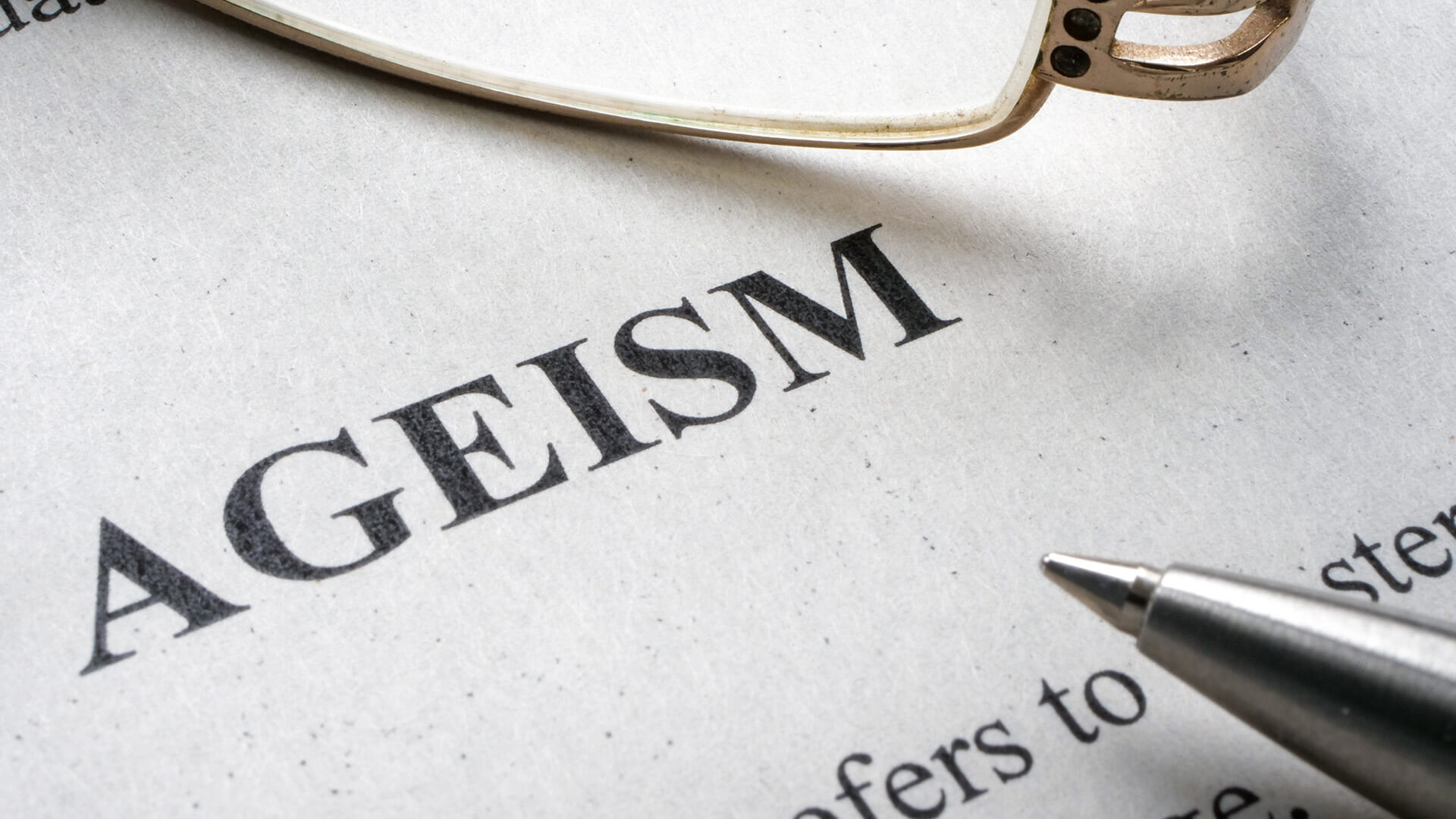Why Is No One Talking About Ageism In the Workplace in 2023
By Thom Dennis, CEO of culture and leadership specialists, Serenity in Leadership
The most common form of workplace prejudice reported is age discrimination, with more than 1 in 10 UK adults saying they believe their age has been a factor in not getting jobs they applied for. Globally every second person is still believed to hold ageist attitudes. Yet population demographics are continually changing, and any given workforce may now span five generations and with retirement age increasing, many businesses are missing opportunities to get the best out of their generational workforce through collaboration rather than bias and competition.
Societal Changes – The issues
There are numerous societal factors at play. People are living and working for longer and birth rates are in decline. We are used to seeing generational pyramids in the workplace but now over 30% of the workforce is 50 and over, something that has never been seen before in history, yet this fact is barely given a nod within most workplaces. A somewhat measly 13% of organisations report age inclusivity being a factor they plan to focus on in the next five years.
We are profoundly ageist. In one study 36% of employees over 50 reported they had been disadvantaged at work because of their age. Companies are still letting go of people over 50 who are considered in effect, a bad look for the company, especially in tech, which is a problem when the youth pipeline is drying up. Younger generations are patronised and accused of being too woke and can feel disadvantaged by being overlooked for projects or their thoughts are not heard, which holds both them and the company back.
Ageism within the workplace manifests itself through hiring practices, promotions, retention, training and development opportunities and throughout workplace culture and conversation. Whilst there has been a dramatic increase in attention on gender and race inclusion and diversity (rightfully) there has been little progress on ageism (wrongfully).
It is quite a challenge to find solutions to ageism especially because societally in the West we no longer honour our elders. Society often discards them and views them as a drain.
Employees can miss out on opportunities due to age discrimination which goes on to create a toxic, exclusionary work environment. Stereotypes and biases around age impact all employees and are detrimental to the organisation at large.
The benefits of a multi-generational workforce
Sadly few organisations report age inclusivity being a factor they plan to focus on in the next five years, yet having employees with multiple different viewpoints and life experiences all in the same space and an anti-ageist stance means a stronger workplace for the future. This includes reaping the benefits of collaboration, cultivating organic mentoring environments and expanding team-building possibilities, capitalising on more varied talent and the creativity they bring, enhancing a robust pool of skilled and productive individuals, stronger workforce sustainability, loyalty and consistency, facilitating the preservation of knowledge and encouraging the exchange of best practices and diverse viewpoints to build better emotional and cultural intelligence.
How to bridge the gap and modernise anti-ageist attitudes.
- Measure for ageism to bring about actionable and long-lasting change. Ensure employees of any age feel included and secure at work. Understand what share of the workforce is leaving and what skills and talents you are losing as a result so you can work out how to retain future talent.
- Seek input from a diverse range of employees to stop bias in policy construction. Don’t make assumptions about what needs to change without involving those impacted.
- Don’t make assumptions. A current classic is ‘only the younger generations will understand and be able to work with AI’. Recognise the skills that all age groups bring from wisdom and pragmatism to creativity and positive energy and don’t assume workers will be ineffectual because of age.
- Organise comprehensive ongoing training that delves deeply into unconscious bias and stereotypes and encompasses all aspects of diversity and inclusivity, including ageism. It is crucial to have leadership support and ensure the participation of all employees, management and stakeholders.
- Make sure all company collateral reflects diversity in age. Check internal and external messaging, comms and visual displays show variety and inclusivity in age to reflect society.
- Formulate and implement comprehensive policies and practices aimed at eradicating age discrimination, including examples, procedures for reporting such incidents, and protocols for addressing grievances. Guarantee equitable opportunities and promotions for all individuals regardless of age. Perpetuating stereotypes may lead to potential legal ramifications for your organisation.
- Adopt intergenerational collaboration – Encourage a collaborative workplace culture to promote inclusivity and strengthen intergenerational bonds. Implement reverse mentoring programs that benefit employees of all generations by pairing colleagues from different age groups to work together on tasks.
- Encourage career development – With careers now spanning over 50 years there need to be opportunities for continual advancement to challenge employees of all ages and show they have a future in the business and can feel secure in their job.
- Address complaints – Listen to, monitor and most importantly address concerns or complaints around discrimination. Establish ways for employees to report age-related discrimination or harassment and have the solutions in place to take appropriate action.
- Educate staff members about recognising and addressing age discrimination, providing guidance for both witnesses and targets. Leaders need to role-model gender balance to future generations.
- Review your recruitment. Conduct a thorough examination of recruitment policies, employment terms, promotion guidelines, training programs and dismissal policies to detect and rectify any occurrences of age-related prejudice. Evaluate the recruitment process to ensure that the description of the ideal candidate is impartial and refrain from soliciting biased data. As with any type of diversity, the organisation needs to reflect its clients or consumers.
- Foster an environment that appreciates and respects all employees of different ages and matches them to suitable roles, irrespective of age, and value loyalty. Adapt and fine-tune by talking about our differences and similarities to re-learn that different generations are not a threat but a valuable learning source. Encourage curiosity, openness and a willingness to learn and adapt.
- Ensure company social activities are age-inclusive to encourage participation from all employees.
- Put on the agenda the needs of different generations. Assess what are the motivations and needs of every generation in the organisation, in particular, the over-fifties but also play to the skills of the younger generation.

Stay updated with our latest publications.
Discover Issues
See how we can help you grow in the online space!
Advertise With Us
We can help promote your business.
Find Out More




